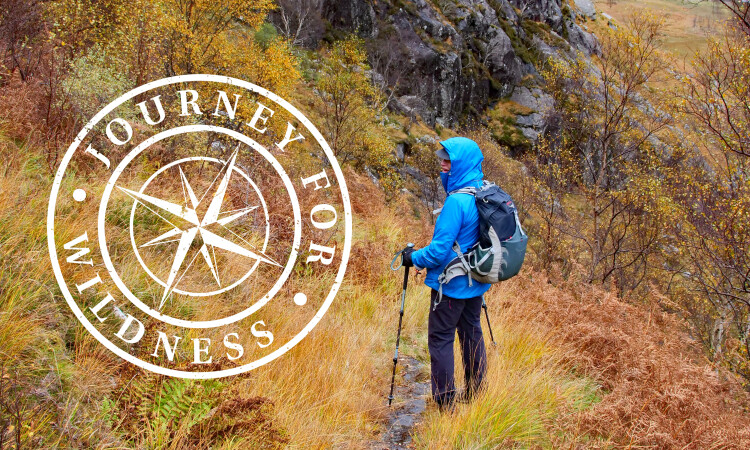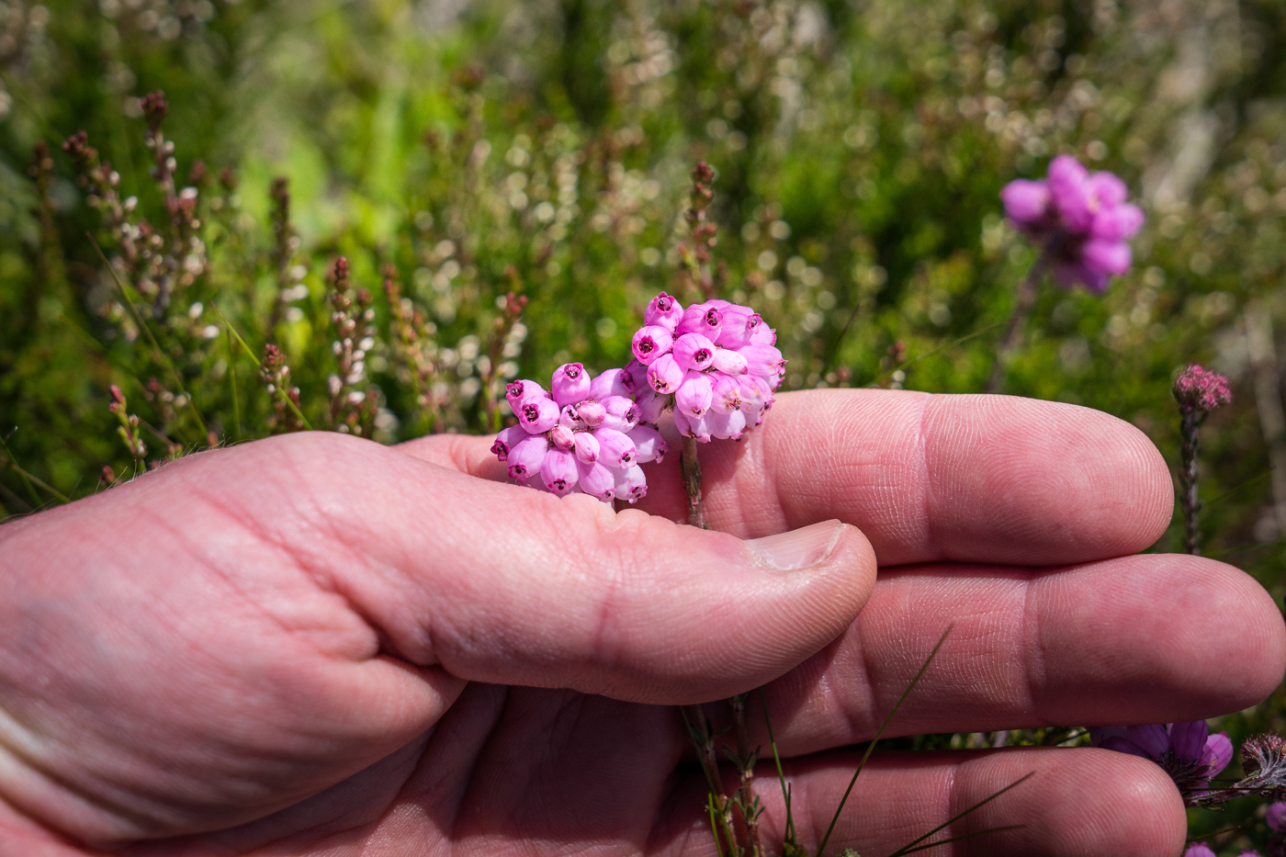Journey for Wildness tips: These boots were made for walking
Handy tips to get you started on your Journey for Wildness
Journey for Wildness will see people take on journeys great and small to help benefit our vital wild places.
You may not have been poring over maps, plotting adventures and daydreaming of long journeys. Something less ambitious might suit you better and you want to help but you're not sure where to start.
Here are some handy tips to get you started on your Journey for Wildness.
Where do I start?
First off, there are a couple questions to ask:
- What do you enjoy?
- What inspires you or gets you excited?
Your answer to this can be as grand as you like. You may enjoy walking, running, cycling, climbing, stand up paddle boarding, photography or simply strolling mindfully through your favourite green space.
As for inspiration, there are lots of places to look. For instance, adventure magazines such as The Great Outdoors, Trail, Trail Runner and Sidetracked. There are some great people out there, too, like Al Humphreys, who regularly blogs about his adventures, Chris Townsend, Jenny Tough.
While some of their adventures seem huge, there are many – like Al Humphreys – taking on quirkier adventures, like exploring every inch of an Ordnance Survey map.
Where can I go?
Once you have an idea of what you want to do, you need to decide where you will do it.
You can use some of the advice given above, as many magazines, blogs and personalities have written route descriptions.
Or check out places like WalkHighlands, which gives a huge range of walks, short and super long. For the bike, there is bikepacking.com. Otherwise, go back to basics and pick out a guidebook or a map.
You may want to go abroad: the GR footpaths in Europe are well-documented, as are US trails like the Appalachian Trail and John Muir Trail.
Another option is to pick some places you want to visit and just join them up, like trig points, buildings, boundary lines – the list goes on! For example, you could kayak between a set of Scottish islands, unique for their conservation status. Or take on the Ethel Ready App challenge to explore some or all of the 95 highest hills of the Peak District.
How do I plan my route?
You may be able to get a route from websites or books. For those of you doing something a little more unique, there are a few tools you can use to plot a route.
Komoot is increasingly popular with hikers and bikepackers. Other options include AllTrails, ViewRanger, Ordnance Survey’s web and mobile apps, Topo GPS app, Map Out app, and lots more!
What more can I do?
If raising money isn’t enough for you, or you aren’t able to undertake a physical journey, maybe find a different way to make your journey special. Perhaps documenting the changing of seasons by photographing the same spot for a year, interview people making a difference for wild places in your local area, litter picking every day or planting trees.
Set up a JustGiving page and share with family and friends - ask them to sponsor you or take part themselves!
Still needing inspiration?
Keep an eye on our website and in our member mailings! We will be sharing inspirational stories from members and staff about their journeys to get you itching to go on your own journey.
Journey for Wildness
Find out more about how you can actively support us to protect wild places.
Learn more
